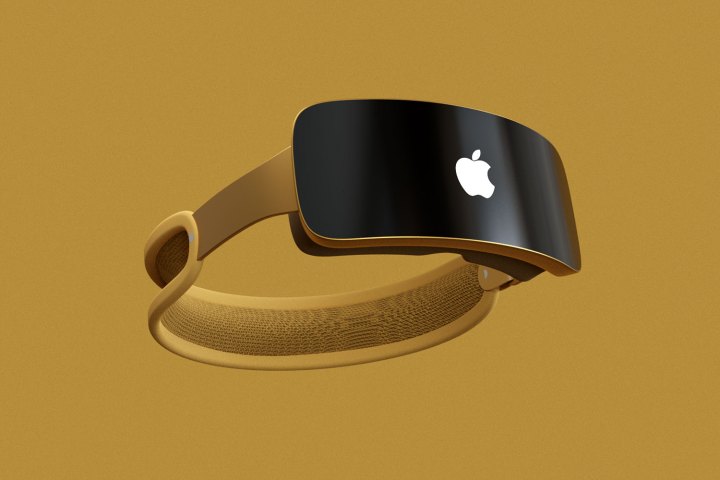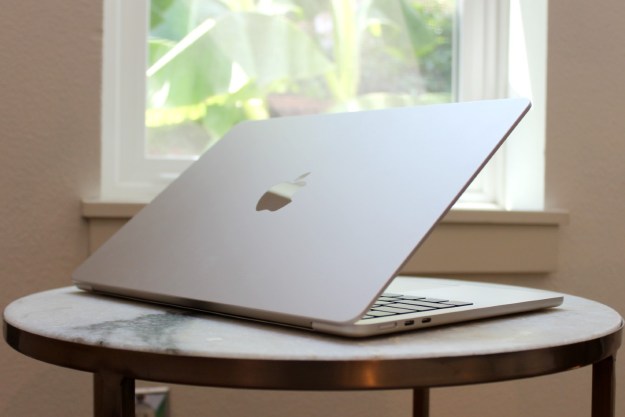Apple’s first mixed-reality headset hasn’t even been released, yet the company is already working on a second-generation model that will bring even more power and performance to the table, according to a new report. That suggests we might not have long to wait before the successor device hits the shelves.
The news comes from Bloomberg reporter Mark Gurman in his Power On newsletter. Gurman claims that the first edition of the headset — likely dubbed Reality Pro — will come with the same M2 chip that powers the latest MacBook Air, plus a separate chip that will handle augmented reality (AR) and virtual reality (VR) experiences.

That chip, however, is “not powerful enough to output graphics at a level Apple would ideally like,” according to Gurman. The reporter gives the example of FaceTime calls conducted using the Reality Pro headset, which will only be able to create realistic VR renditions of participants in one-on-one calls, defaulting to simpler Memoji in larger meetings.
Apple has also been putting an increasing focus on gaming, and it’s likely that the Reality Pro’s graphics output isn’t going to be strong enough to fully support that new direction.
A more powerful successor

What is Apple planning to do about it? Gurman’s newsletter explains that Apple is already working on a second-generation follow-up to the Reality Pro that will boast a beefier processor, which could potentially be the M3 or M4 chip. That should provide stronger graphics performance closer to what Apple originally intended for the Reality Pro.
And if Apple has started work on that next model, as Gurman asserts, the gap between the first and second Reality Pro headsets might not be that long. If you are interested in the device and want top-notch performance, it might therefore be worth waiting a little longer for the follow-up product.
This second-gen model is distinct from the cheaper headset Apple also has up its sleeve. That device — purportedly called Reality One — will likely use lower-end chips and display tech in order to lower the $3,000 price tag the Reality Pro is expected to come with.
Gurman believes Apple originally intended the Reality Pro to be much more powerful, for instance by including a “separate hub” that could output better performance and beam content across a room to the headset. Jony Ive allegedly vetoed that idea before leaving the company in 2019, however.
No iPhone necessary

The Power On newsletter also touched on how the Reality Pro might not require an iPhone to be paired to it and could download your content directly from iCloud. You will, however, be able to transfer data from an iPhone or iPad, just like when setting up a new Apple device for the first time.
Gurman also outlined Apple’s plans to let users type in midair on a virtual keyboard while using the headset. While that’s available in current prototypes, it’s apparently rather temperamental. We’ll have to see how well it functions when the device is released, which is expected to happen at Apple’s Worldwide Developers Conference (WWDC) in June.
It’s been a bumpy road for Apple’s mixed-reality headset, with reports of troublesome features and delayed launch windows littering the way. That said, Apple is patenting some pretty neat ideas for its headset, which could help it stand apart from the competition. We’ll have to see whether or not it impresses when it enters the spotlight at WWDC this summer.
Editors' Recommendations
- 5 abandoned Apple products that need to make a comeback
- This major Apple bug could let hackers steal your photos and wipe your device
- Apple spring event: massive Mac launch, XR headset, and more
- You can finally run Windows 11 natively on an Apple silicon Mac
- Apple’s 12-inch MacBook might soon come back from the dead





